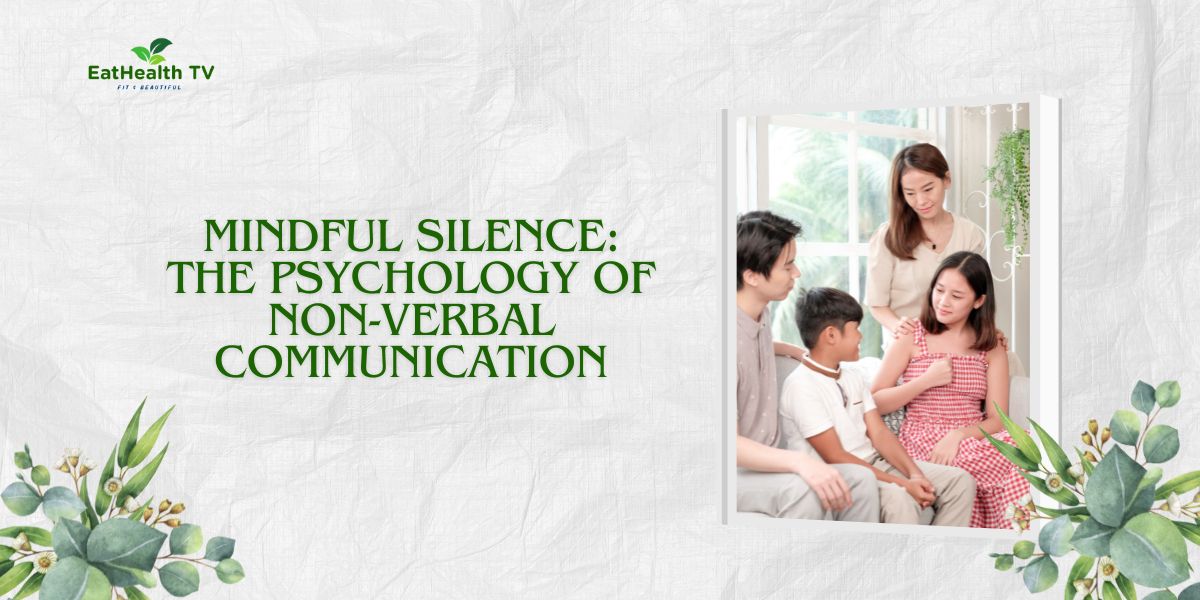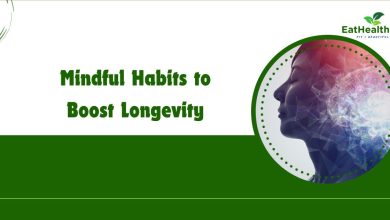Mindful Silence: The Psychology of Non-Verbal Communication
Harnessing the Silent Power: Unlocking the Secrets of Non-Verbal Communication

Mindful Silence: The Psychology of Non-Verbal Communication
Communication is often associated with words, but there’s a profound language spoken through silence—the language of non-verbal communication. In the realm of psychology, the study of non-verbal cues, gestures, and expressions is crucial for understanding human behavior, emotions, and relationships. Mindful silence, in particular, holds a unique power in conveying meaning, fostering connection, and enhancing communication. In this comprehensive guide, we will explore the psychology of non-verbal communication, delving into the significance of mindful silence in interpersonal interactions and self-awareness.
Understanding Non-Verbal Communication
Non-verbal communication encompasses all forms of communication that do not involve words, including facial expressions, body language, gestures, posture, and eye contact. Unlike verbal communication, which relies on language and speech, non-verbal communication is often unconscious and automatic, reflecting underlying emotions, attitudes, and intentions. From a subtle smile to an expressive shrug, non-verbal cues play a vital role in conveying meaning, establishing rapport, and building trust in social interactions.
The Power of Mindful Silence
Mindful silence refers to the intentional use of silence as a form of communication, characterized by awareness, presence, and intentionality. In interpersonal interactions, mindful silence can convey empathy, understanding, and respect, allowing individuals to listen deeply, connect authentically, and communicate more effectively. Whether it’s a moment of reflective pause during a conversation or a deliberate choice to withhold words in favor of active listening, mindful silence creates space for deeper understanding and connection between individuals. Just as we know The Role of Behavior in Sustainable Lifestyle Habits
The Psychology Behind Non-Verbal Cues
- Emotional Expression: Non-verbal cues, such as facial expressions and body language, are powerful indicators of emotional states and feelings. From a furrowed brow indicating confusion to a relaxed posture signaling comfort, non-verbal cues provide valuable insights into individuals’ inner experiences and emotional responses.
- Social Signaling: Non-verbal communication serves as a means of social signaling, conveying social status, power dynamics, and relational intentions. For example, maintaining eye contact and open body language can signal confidence and assertiveness, while avoiding eye contact and crossing arms may indicate discomfort or defensiveness.
- Interpersonal Connection: Non-verbal cues play a crucial role in establishing rapport, building trust, and fostering interpersonal connection. Mirroring gestures, matching facial expressions, and maintaining physical proximity can create a sense of rapport and mutual understanding between individuals, enhancing the quality of communication and relationship satisfaction.
- Deception Detection: Non-verbal cues are often used to detect deception and gauge the authenticity of communication. Micro-expressions, subtle changes in facial expressions that occur within milliseconds, can betray hidden emotions or intentions, providing clues to detect dishonesty or inconsistency in verbal statements.
- Cultural Variations: Non-verbal communication is influenced by cultural norms, values, and practices, leading to variations in interpretation and expression across different cultural contexts. Understanding cultural differences in non-verbal communication is essential for effective cross-cultural communication and intercultural competence.
Practical Applications of Mindful Silence
- Active Listening: Practice mindful silence as a form of active listening, allowing individuals to fully engage with others’ perspectives, experiences, and emotions without interruption or judgment.
- Conflict Resolution: Use mindful silence during conflict resolution to create space for reflection, de-escalate tension, and promote empathetic communication and understanding between conflicting parties.
- Leadership Presence: Incorporate mindful silence into leadership communication to convey presence, confidence, and authenticity, fostering trust and credibility among team members.
- Self-Reflection: Embrace mindful silence as a tool for self-reflection and introspection, allowing individuals to tune into their inner thoughts, feelings, and motivations with clarity and awareness.
- Mindfulness Practice: Integrate mindful silence into mindfulness practice as a means of cultivating present-moment awareness, enhancing emotional regulation, and fostering a sense of inner calm and clarity.
Conclusion
In conclusion, mindful silence is a powerful tool in the realm of non-verbal communication, offering profound insights into human behavior, emotions, and relationships. By understanding the psychology behind non-verbal cues and embracing mindful silence in interpersonal interactions and self-awareness, individuals can enhance their communication skills, deepen their connections with others, and cultivate greater empathy, authenticity, and presence in their lives. As we continue to explore the depths of non-verbal communication, let us remember the transformative power of mindful silence in fostering understanding, connection, and growth in ourselves and others.




